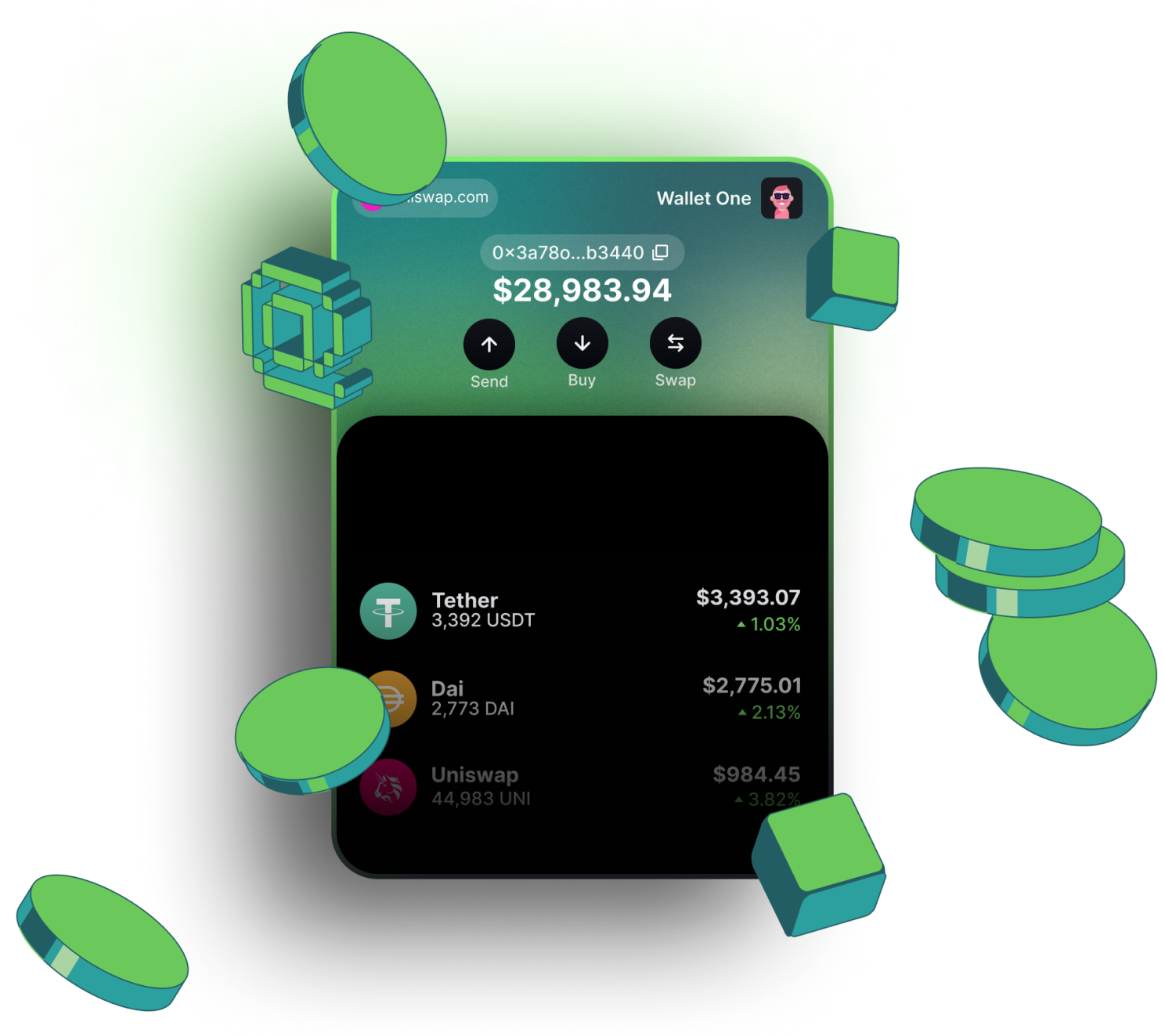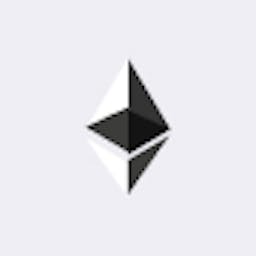Wigwam is the best  Fantom blockchain crypto wallet
Fantom blockchain crypto wallet
Download Extension
Why choose the Wigwam crypto app?
Work with Fantom Testnets and Mainet
Buy Fantom tokens, including native token, by using a credit card
Swap Fantom-based tokens directly in the wallet
Possibility to connect the wallet to all Fantom blockchain dAps: DeFi, DAO, Gamings, etc
How to get a Fantom address in Wigwam web wallet
Create a wallet in Wigwam
Choose a Fantom network from the dropdown menu
Copy you Fantom address
Fantom the blockchain review
Fantom is a low-cost, highly efficient, and innovative layer 1 blockchain. That utilizes the Lachesis (an asynchronous Byzantine Fault Tolerance (aBFT)) consensus mechanism to process transactions faster than any other blockchain. The protocol uses a special consensus model combined with a Directed Acyclic Graph (DAG) blockchain to deliver a faster transaction throughput. Fantom does this all while scaling with demand and charging the lowest fees possible.
Origins & Vision
The Fantom network was founded by Michael Kong and the Fantom Foundation, its testnet was launched in December 2018.
Fantom is an EVM-friendly, smart contract supporting blockchain that was created to address the “blockchain Trilemma”.
Key Milestones
The Fantom blockchain launched its mainnet for the public in 2019 and implemented the Lachesis protocol in the same year.
The project team composed its development council and its research support agency in 2020. To further help the community, Fantom made its support development open source. In 2021 it achieved a big milestone by surpassing 3 million transactions.
What Consensus Algorithm Does Fantom Blockchain Use
Fantom utilizes a Lachesis (an asynchronous Byzantine Fault Tolerance (aBFT)) consensus mechanism, which is a DAG-based aBFT consensus, that’s faster, more scalable, and more secure than many blockchains.
In this mechanism, each node stores a local acyclic-directed graph (DAG) consisting of event blocks and transactions. The DAG calculates the exact final order of events making transactions independent on each node.
Unlike Proof-of-Work(PoW) and Proof-of-Stake(PoS), nodes in Lachesis don’t send blocks to each other. Nodes only sync the events between them, and validators don’t vote on validating transactions, instead they exchange observed transactions and events with peers.
Lachesis divides the event blocks into confirmed and unconfirmed event blocks. New events are unconfirmed and events older than 2/3 frames are confirmed. These batches of confirmed events are called blocks. Blocks that compose the ultimate chain are determined from event blocks autonomously on every node.
In contrast to Classical consensus mechanisms like pBFT, Lachesis diverges by not employing new events in the ongoing election. Instead, new events serve to cast votes for events in multiple preceding virtual elections (2-3+). Lachesis reduces the number of consensus messages as the same event is repurposed across different elections, which allows Lachesis to attain finality in a short time.
Who are the Main Players in the Fantom Blockchain
Validator Nodes: In Fantom’s Lachesis consensus mechanism, each validator has its local block DAG and batches of incoming transactions that they add into their DAG as vertices, where a single event block is a vertex in the validator’s DAG.
The DAG-based approach in use here liberates validators from the obligation to exclusively work on the current block in production. This allows validators to independently generate their event blocks containing transactions and share them asynchronously with other validators in the network. Unlike the other consensus mechanism where validators focus on a block at a time, the Lachesis DAG-based approach makes a non-linear record of transactions, which enhances the transaction speed and operational efficiency.
DeFi Ecosystem on Fantom
Decentralized Finance Applications on Fantom, are attracting many users as it offers the first DeFi stack built on an aBFT consensus(Lachesis), smart contract, and support interactions across different blockchains as it is compatible with Cosmos SDK and EVM. Lachesis makes DeFi on Fantom faster, cheaper, more reliable, and more secure, with transactions getting processed in 1 to 2 seconds.
Fantom’s DeFi ecosystem has decentralized exchanges like “SpookySwap”, “PancakeSwap”, and “Beefy Finance”. Lending protocols like “Compound”, “Nexo”, and “Aave”.
NFTs Marketplaces on Fantom
Fantom offers a diverse range of non-fungible tokens(NFTs) in its ecosystem with lower gas fees and fast transactions, attracting many artists and collectors.
“Kredeum NFTs Factory”, and “iMintify” are some of the well-known NFT Marketplaces on Fantom blockchain. Install Wigwam NFT Chrome Extension to join the Fantom NFT marketplaces.
Tokenomics and Gas Usage on Fantom
FTM is the native token of the Fantom network, with a Market Cap worth $591 million. The FTM token is utilized for many purposes in the Fantom ecosystem.
Staking:To run a Validator node in the Fantom ecosystem, a minimum of 500,000 FTM is required. This prevents malicious actors from performing attacks and secures the network as dishonest behavior can lead to losing of their staked FTM. Validators also get rewards in FTM for securing the network with 6% ARP at the time of writing this.
Delegate:Fantom allows token holders to stake their FTM and earn rewards by delegating it to an existing Validator node. For delegates, there is no minimum stake and no mandatory lock-up period.
Governance: FTM token holders can influence the Fantom blockchain as token holders with a certain number of FTM can submit their proposals and bring changes to the protocol.
Gas Fee:FTM tokens are also utilized for paying the gas fees, an amount of FTM paid for processing the transactions just like Ethereum’s gas system but Fantom’s gas fees are incredibly lower than Ethereum.
Conclusion
Fantom started its journey with its innovative Lachesis consensus mechanism, offering lower gas fees and giving tough competition to big names like Ethereum and Bitcoin, at the time of writing this Fantom has surpassed 3 million transactions, and on an average 200,000 transactions are being conducted daily in its ecosystem. Fantom has also managed to attract new users with its unique features as it now has 76,000 unique addresses in its ecosystem
(in addition to 22,000 Ethereum wallets that hold FTM). All these achievements are a testament that Fantom is here to stay and to change the way we deal with our digital assets.
FAQ
According to data from DappRadar, the top three most popular projects running on the Fantom ecosystem span across DeFi, NFTs, and gaming. In the DeFi category, these projects include SpookySwap, BeethovenX, and Geist. For NFTs, the notable projects are Kredeum NFTs Factory and iMintify. The popular games on Fantom are Estfor Kingdom, Tank Wars Zoone, and Fantomon.
Go to MetaMask, click on your profile at the top-right, and choose "Settings" from the dropdown list of options. Navigate to "Networks" and select "Add Network." Now select "Add a network manually" and input the following data into the provided fields:
Network Name: Fantom Opera
RPC URL: https://www.ankr.com/rpc/fantom/
ChainID: 250
Symbol: FTM
Block Explorer URL: Fantom Blockchain Explorer
Save your changes by clicking the "Save" button.
Enter your public wallet address in the search bar at Fantom Blockchain Explorer. This will grant you access to all your account history and you will be able to see your wallet activities.
Wigwam crypto browser wallet, Ledger Wallet, MetaMask Wallet, Trust Wallet, Coinbase Wallet. These are some notable options to consider.
FTM is a gas token for Fantom blockchain.





